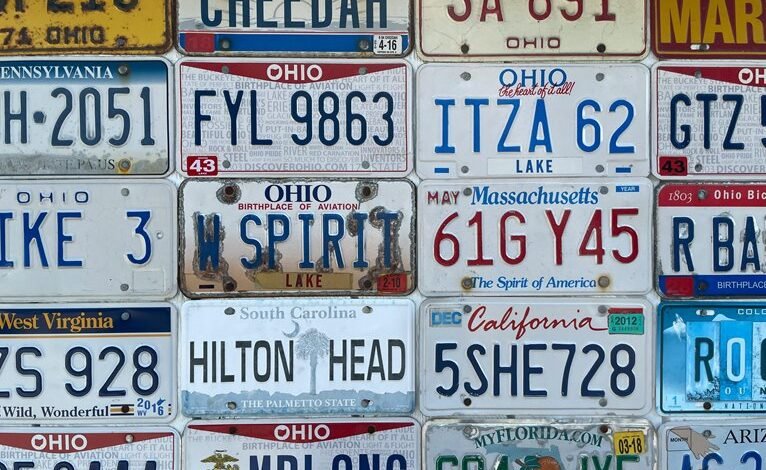State Numbers: Exploring State Vehicle Numbers

State vehicle numbers have evolved significantly since their inception in the early 20th century. They serve as essential identifiers while reflecting the diverse identities of each region. The designs and themes vary widely, showcasing local heritage and cultural pride. Moreover, these plates play a vital role in regulatory frameworks and law enforcement. Understanding their history and significance reveals deeper insights into the relationship between community identity and personal expression. What further complexities lie beneath this seemingly simple aspect of vehicle ownership?
The History Behind State Vehicle Numbers
Although the use of state vehicle numbers may seem like a contemporary necessity, their origins trace back to the early 20th century when automobile ownership began to rise significantly.
The historical evolution of these identifiers reflects societal needs for regulation and accountability.
Regional variations emerged as states established unique systems, adapting to local contexts while fostering a sense of identity and belonging among vehicle owners.
Unique Designs and Themes Across States
As state vehicle numbers evolved, they not only served as identifiers but also became a canvas reflecting regional pride and cultural themes.
Unique designs and artistic expressions vary widely, showcasing local heritage.
Personalized plates offer individuals the opportunity to express their identity creatively.
Each state's approach to vehicle numbers illustrates a blend of functionality and artistry, reinforcing a sense of community and individuality.
The Cultural Significance of License Plates
License plates possess significant cultural importance, serving as a reflection of regional identity and personal expression. They encapsulate cultural identity by showcasing local symbols and mottos, fostering pride among residents.
Additionally, personalized plates allow individuals to convey unique messages, reinforcing their self-identity. Thus, license plates transcend mere identification, becoming vital artifacts that illustrate the interplay between community, individuality, and cultural heritage.
Conclusion
In the tapestry of American culture, state vehicle numbers emerge as vibrant threads, weaving together individual narratives and regional pride. Each license plate is a canvas, splashed with colors and symbols that evoke memories of sun-soaked highways and bustling city streets. As these metal badges traverse the landscape, they not only identify vehicles but also echo the stories of the communities they represent—reminders of shared values, heritage, and the intricate dance of personal expression within the framework of regulation.





